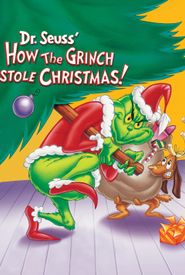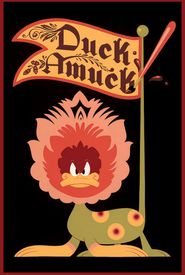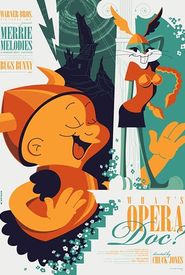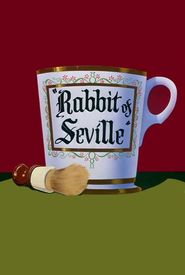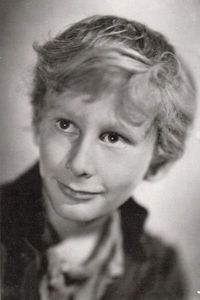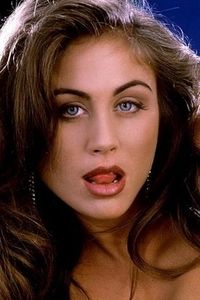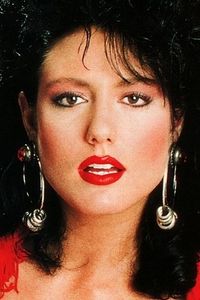Ken Harris was a prominent animator at Warner Brothers for an impressive 26 years, showcasing his exceptional talent without formal art school qualifications. Instead, he began his career as a sports cartoonist for the "Los Angeles Examiner" and the "Evening Express" before being hired as an 'inbetweener' at Leon Schlesinger's 'Termite Terrace' in June 1935.
Under the guidance of the affable Robert McKimson, Harris honed his skills and eventually rose to become a fully-fledged animator by 1938. He joined the Chuck Jones unit, where he brought to life the original illustrations of Jones and later, Maurice Noble, creating a string of fast-paced, humorous cartoons filled with satire, puns, and in-jokes.
Harris was a master of spacing and timing, achieving perfect plasticity of movement, and collaborated on many classic Looney Tunes & Merrie Melodies episodes, including the first installment of the Coyote/Road Runner series, "Fast and Furry-ous" (1949),as well as "The Scarlet Pumpernickel" (1950),"Rabbit Fire" (1951),"Duck Amuck" (1953),"Duck Dodgers in the 24½th Century" (1953),"One Froggy Evening" (1955),and "What's Opera, Doc?" (1957).
Harris remained devoted to Jones and followed him to MGM (1963-66) to animate 'Tom & Jerry' cartoons after the dissolution of the Warner Brothers animation department. In the 1970s, he resumed working for Warner Brothers on frequent Bugs Bunny and Daffy Duck specials.
Additionally, Harris became the lead animator for the Richard Williams studio in London, notable for creating the title sequence of "The Return of the Pink Panther" (1975). Just a year before his passing in 1982, Harris received the Winsor McKay Lifetime Achievement Award, the highest accolade in animation.

